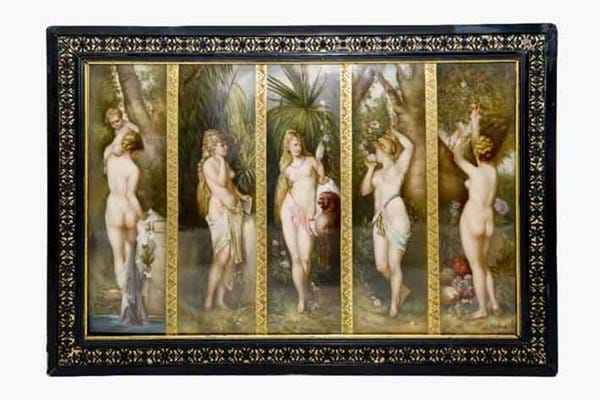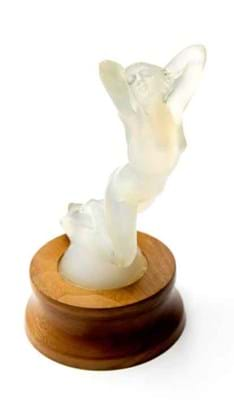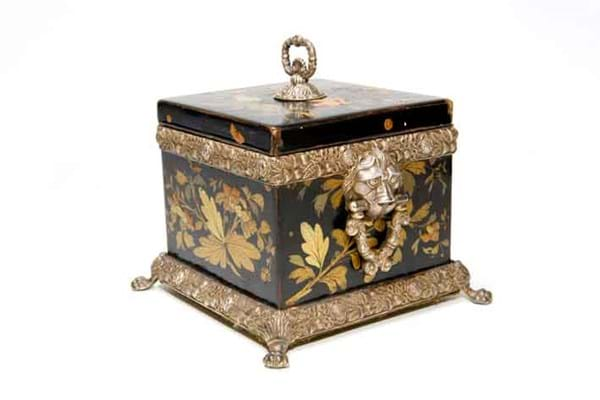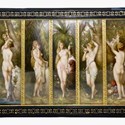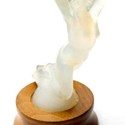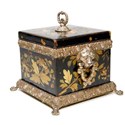And, in purely commercial terms, they do not get much better than the example seen at Hansons in Etwall, Derbyshire on September 27-28.
While copies of Old Master paintings, sentimental biblical scenes and topographical landscapes were once hugely popular with 19th century collectors, the 21st century marketplace values plaques decorated with classical female figures in a state of undress above all others.
One nubile young lady is good. Two are better. This example, measuring a substantial 18 x 12in (46 x 29.5cm), had five, each finely painted in a pose emblematic of motherhood, education, vanity, appreciation and temptation and 'framed' within a border of raised gilt anthemion.
The artist, who had signed it lower right was H. Dittrich, a very able decorator whose name appears on a large number of plaques and vases made by the Konigliche Porzellan Manufaktur or their imitators. Typically the decorators of Berlin plaques bought them 'in the white' and were independent of the factories that made them.
In the early 20th century the plaque - that retained its original Aesthetic movement black ebonised and gilt-ground frame - had hung in The Sportsman's Inn in Harbourne, but Charles Hanson was first shown it early this year when giving a talk at a bowls club in Sutton Coldfield.
The owner had been a given a valuation of around £10,000 in 1988 and Mr Hanson had been happy to suggest it might be worth £15,000-25,000 today. He heard back from him several months later with his decision to sell.
His faith in the piece was rewarded by a strong UK commission bid that was successful against a telephone bidder at £32,000.
It was a bullish sum. Back in the 1980s when they were the quarry of Japanese businessmen it was not too unusual for a KPM porcelain plaque to realise a five-figure sum. Today it is an outstanding example that brings more than £10,000.
This, and the 13th century Kedleston Hall pottery pitcher sold at £30,000, provided the headline lots at Hansons best sale to date.
A Lalique Vitesse car mascot had come in for sale following a Lichfield valuation day. This model of a sensuous nude leaning forward in the wind, symbolising speed, was made in a number of different treatments in the 1930s (some in clear glass, others frosted or with a hint of amethyst), but it is most admired in the blue opalescent glass seen here.
It was not in the best condition (the poor girl had lost both of her carefully sculpted nipples and was heavily chipped to the socle base, but nonetheless demolished a conservative £1000-1500 estimate to take £9800 from a UK bidder.
Yvonne Jones, author of the recently published Japanned Papier Mâché and Tinware c.1740-1940, helped in the cataloguing of an 8in (20cm) japanned casket by Henry Clay (fl. 1767-1812). Applied with handsome white metal mounts - bands of thistles, roses and shamrocks, four paw feet and two lion mask handles - a finely engraved plaque set to the inside of the cover suggested a direct link to the founder of the japanning industry in Birmingham.
Ribbons surrounding a portrait of Concordia and the crest of William Selkirk of Birmingham were inscribed The gift of Henry Clay Esq To Overseers in the year 1784 alongside a list of the names (some of them recognisable as Birmingham artisans) including J. Rabone, J. Marston, B. Redfern, S. Oatridge, S. Bellamy and T. Grundy. A further plaque read The exterior Embellishment the gift of Mr Wm Spooner. It was in tired condition (the lid was detached and significant portions of inlay were missing) but it was a singular object that doubtless tells an interesting story.
Pitched at a very buyable £1000-1500, it sold at £7000 to a UK bidder.

